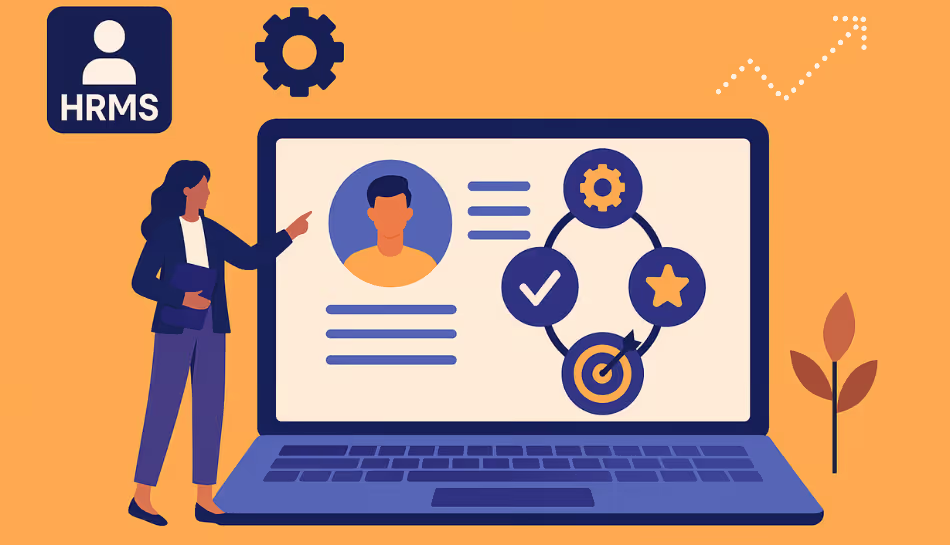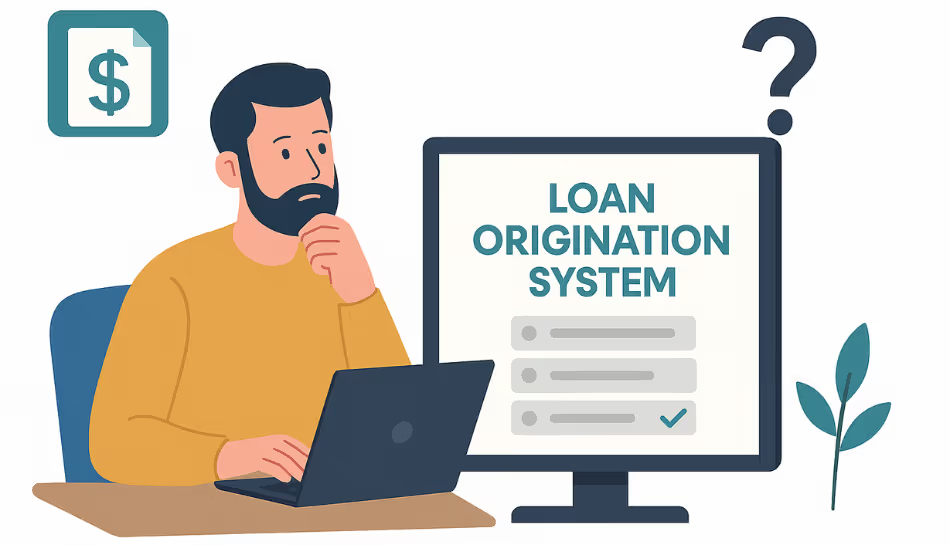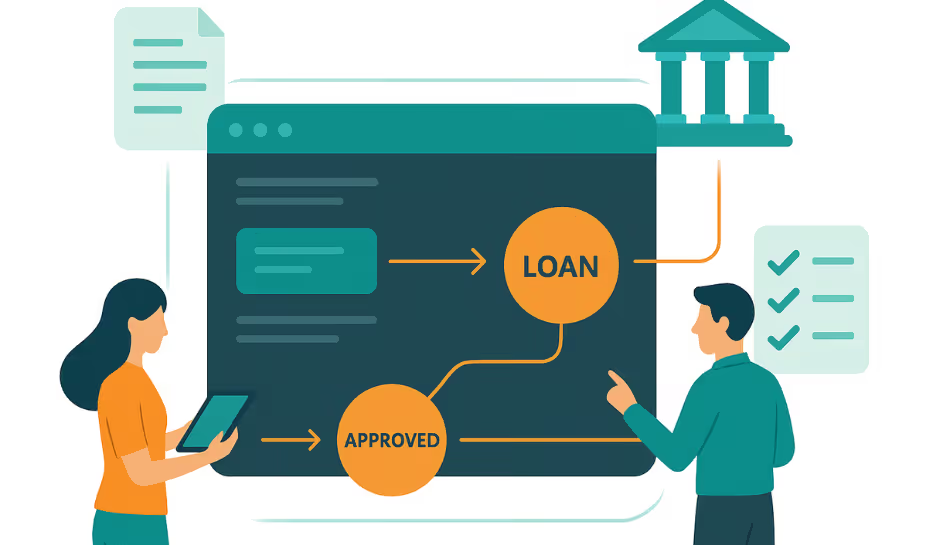
From hiring the right talent to helping them grow and eventually offboard smoothly, managing an employee’s lifecycle is a complex process. But with the right tools in place, especially a smart HRMS (Human Resource Management System), businesses can simplify, streamline, and improve every step of the employee experience.
An effective employee management system doesn’t just handle payroll. It empowers HR teams to manage performance, track growth, and engage employees throughout their journey in the company.
Let’s explore how HR software helps with employee lifecycle management, and why it’s essential for growing organizations.
What Is Employee Lifecycle Management?
Employee lifecycle management refers to the complete journey of an employee within a company, from the moment they apply for a job to the moment they exit. This cycle typically includes:
- Recruitment
- Onboarding
- Training and development
- Performance management
- Career progression
- Exit or retirement
Each of these stages involves processes, data, and decisions that need to be handled efficiently. That’s where an integrated human resource system software becomes essential.
How HRMS Makes the Lifecycle Easier
A modern HRMS is much more than a database. It acts as an all-in-one employee management system that supports HR and management teams in day-to-day tasks and long-term strategies.
1. Smarter Recruitment and Onboarding
Hiring is the first step in the lifecycle. With HR software, you can:
- Post job openings across platforms
- Screen and track applicants
- Schedule interviews and store candidate information
- Generate offer letters
- Automate onboarding checklists and documentation
This not only speeds up hiring but also makes new employees feel welcome from day one.
2. Seamless Employee Information Management
Once an employee joins, their records are maintained securely within the system:
- Personal details
- Bank and tax information
- Job roles and department data
- Emergency contacts and ID documents
This centralized database ensures nothing is lost or duplicated and is easily accessible when needed.
3. Performance Management Made Simple
One of the most important phases of the employee lifecycle is ongoing development. A good employee performance management system helps:
- Set clear KPIs and goals
- Conduct regular reviews and appraisals
- Provide real-time feedback
- Recognize top performers
Tracking performance over time also helps identify future leaders and training needs.
4. Training and Career Development
HRMS platforms often come with modules for:
- Tracking learning and development programs
- Scheduling internal or external training sessions
- Recording certifications and qualifications
This encourages upskilling and shows employees that you’re invested in their growth.
5. Payroll and Leave Management
With an integrated HR and payroll software, you can:
- Process salaries automatically
- Handle tax deductions and compliance
- Track paid and unpaid leaves
- Generate payslips and reports
This reduces manual errors and ensures every employee is paid accurately and on time.
6. Smooth Exit Process
When an employee resigns or retires, HRMS simplifies the offboarding process:
- Automates exit checklists
- Handles final settlements
- Collects feedback
- Transfers responsibilities
All documents are stored digitally, and access permissions are updated immediately for data security.
Final Thoughts
Managing the entire employee lifecycle manually is time-consuming and prone to errors. A powerful HR software system takes that pressure off your HR team, improves the employee experience, and ensures your business stays organized and compliant.
Whether you're a small company or a growing enterprise, investing in the best HR and payroll software can make all the difference in building a productive and happy workforce.

